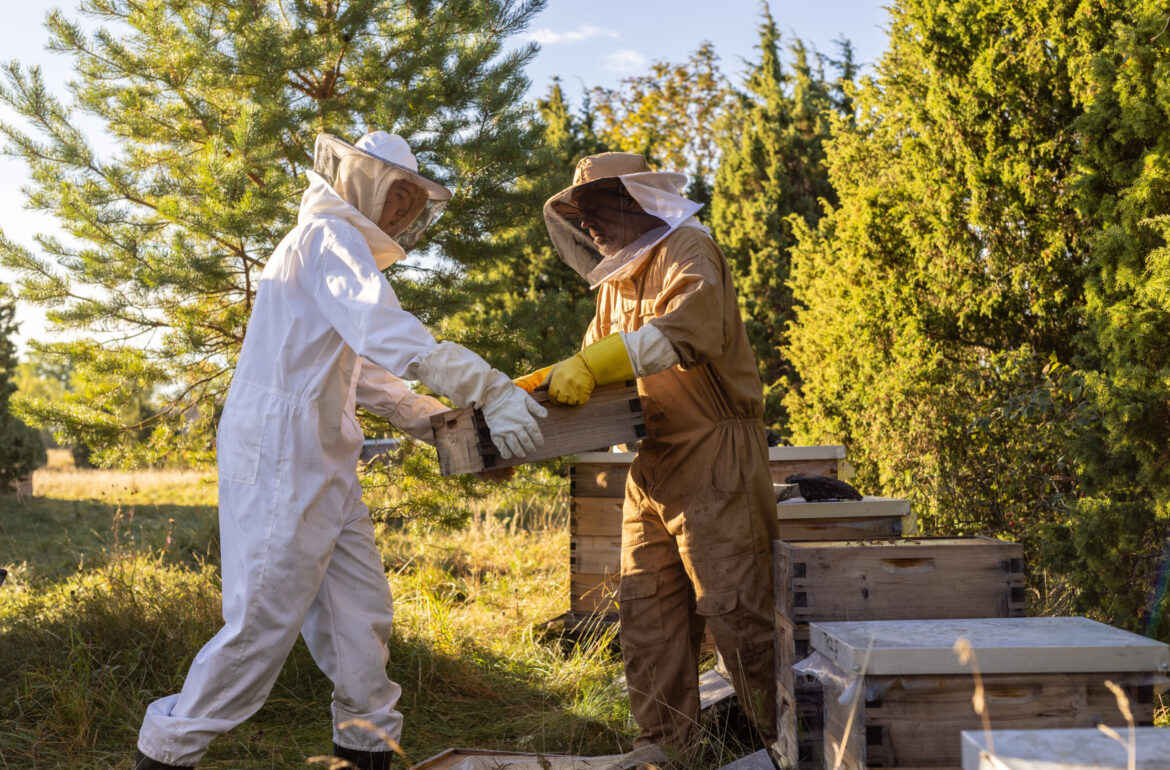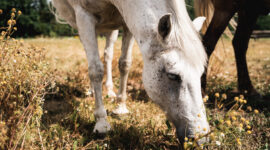A DNA test for honey has been developed in Estonia by researchers and beekeepers which can help to reduce fraud and protect consumers and producers.
Honey contains traces of DNA from organisms that bees and honey come in contact with. Analysis can show what the honey was made from and gives each sample a unique and tamper-proof DNA profile, or fingerprint.
It is possible with DNA analysis to describe the composition of honey more precisely and to monitor bee pathogens and parasites. Monitoring pests at this level helps to avoid serious economic losses.
Among other things, the authenticity and origin of the product can be identified using the honey’s DNA profile.
Kairi Raime, head of food metagenomics at the Tartu-based Competence Center on Health Technologies said, fake and bee pathogens are the biggest problems in honey production.
“Our DNA analysis makes it possible to monitor, among other things, the 20 most important bee pathogens or parasites using honey. We are unique in the world: such a comprehensive analysis cannot be ordered anywhere else today,” she said.

The analysis of a single sample is based on the sequencing 10-20 million DNAs, which can be used to identify all species whose DNA sequences are currently known.
Several hundred Estonian beekeepers donated honey samples to the development team.
Peeter Matson, a professional beekeeper at Nordmel OÜ, said even in the development stage the test could detect numerous high-level forgeries. These were missed by the existing tests.”There is only hope for honest beekeeping if the honey DNA test is widely used. It is the conscience of every producer that consumers can buy real honey. In addition to identifying fakes, broad-based information about honey plants and pathogens will be of great help to the beekeeping sector,” Matson said.
Kairi Raime said a similar approach can be used for other foods to reduce fraud and to protect the producer and consumer.
Last year, a strawberry database was launched by the Center of Estonian Rural Research and Knowledge to fight similar problems.
Author: Sandra Saar / Editor: Helen Wright. This article was originally published on the the Estonian Public Broadcasting online news portal.
Read more about blooming flowers from our webpage HERE.
 Back
Back



